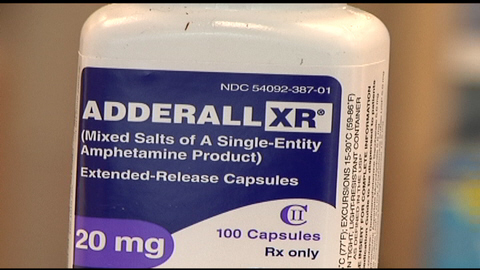
Of course, the debate over the growing opioid epidemic and the possible solutions that may or may not help stabilize the number of Americans abusing these drugs has been in the national spotlight for quite some time now, as it should be. According to the National Institute on Drug Abuse, an estimated 1.9 million Americans suffered from opioid abuse in 2013 alone, a number that has continued to rise in each subsequent year.
As Addictions.com explains, “Opioids act as central nervous system depressants, slowing down nerve signal transmissions and blocking pain sensations from reaching the brain.” The website goes on to say that “while opioids pose little potential for harm when taken as prescribed, the abuse of these drugs sets off a series of damaging effects inside the brain’s chemical workings.” In the end, once addiction takes hold, the opioid user essentially becomes a slave to the euphoric effects of the drug.
In the year 2010, roughly 254 million opioid prescriptions were filled, with pharmaceutical companies generating an astonishing $11 billion in revenue from the sale of opioids during that same year, according to Fortune magazine. Of course, it would be silly to place all of the blame on the pharmaceutical companies for making money, but still, there is a case to be made that this entire opioid epidemic would either be significantly less devastating or even nonexistent had it not been for companies like Purdue Pharma, Abbott Labs, Johnson & Johnson, Pfizer, Novartis, Watson Pharmaceuticals, and several others.
Many of these companies have participated in aggressive marketing campaigns over the past two decades, which many believe contributed heavily to the growing opioid epidemic we are experiencing today. These marketing campaigns told the public that opioids could be used as an all-purpose pain treatment, which eventually lead to widespread abuse and drug-related deaths, as well as millions of dollars in additional spending to help treat those who became addicted.
Many of these advertising campaigns were placed in reputable medical journals and were specifically created to appeal to physicians. Other campaigns funded non-profit organizations like the American Pain Society and the American Academy of Pain Management in order to promote the use of opioids as an all-purpose pain treatment.
But even beyond all of the blame games and the finger pointing, opioid abuse remains a very real issue that continues to destroy the lives of Americans across the country each and every day. Opioid related deaths have been gradually increasing for years now, and this trend will sadly only continue unless we find real, effective answers.
Sources include:
Please contact us for more information.























